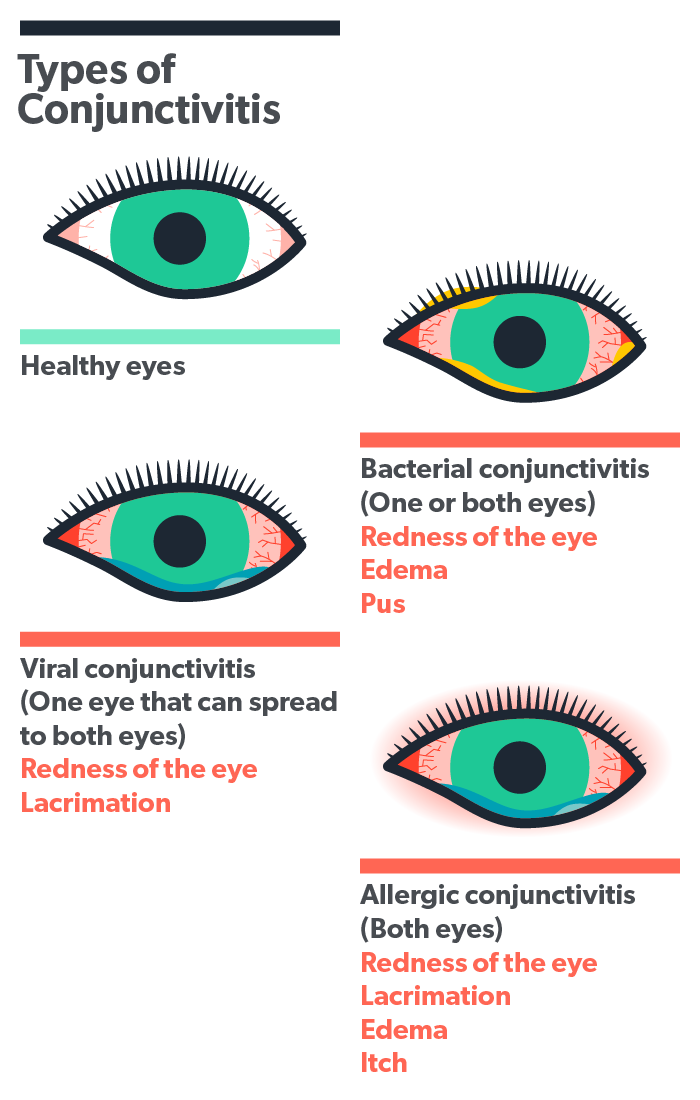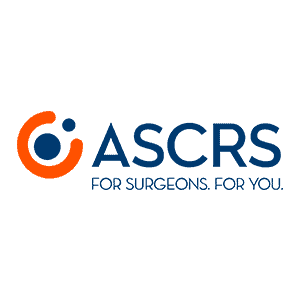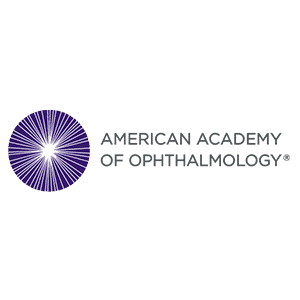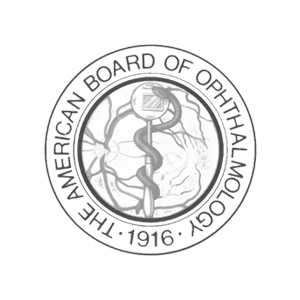Allergic Conjunctivitis

Yes, ‘tis the season of itchy, red, tearing and swollen eyes; sometimes associated with itchy nose and sneezing. Allergy season is here. Ocular allergies are caused chiefly by pollen or animal dander that travel into the tear film. Seasonal and pet allergies can also affect the eyes. Seasonal conjunctivitis is caused by different allergens, depending on the month of year and geographic location. April-May allergies are usually caused by trees, June and July by grasses and August –September allergies by ragweed.
Perennial conjunctivitis can occur all year long and is usually caused by animal dander and dust mites. The incidence of allergic conjunctivitis has been increasing over the last 40 years. About 40% of the general population is affected by allergic conjunctivitis.
TREATMENTS OF ALLERGIC CONJUNCTIVITIS
There are both non-medical and medical treatments for allergic conjunctivitis. Non-medical therapy includes avoidance of the allergen, cold compresses, frequent lubrication with artificial tears, use of daily wear disposable soft contact lenses and use of air conditioning.
Medical treatments fall into 4 basic categories: anti-histamines, mast-cell stabilizers, non-steroidal anti-inflammatory, and corticosteroids.
Anti-histamines work by inhibiting the chemical histamine which is released from the mast cell and causes itching and swelling of the eyes. Common examples of this are: Naphcon-A, Opcon-A Visine-A and emadine. The anti-histamine is often combined with a vasoconstrictor to “get the red out”. These drugs are available without a prescription.
Mast-cell Stabilizers prevent the release of the inflammatory substances from the mast cell, which is activated during the allergic response. These drugs work best before exposure to the allergen and not as well after exposure. Examples include: cromolyn, Alamast, Alocril and Alomide. These medications are by prescription only in the U.S.
Combination anti-histamine with mast cell stabilizer. These drugs combine the rapid onset of action and itch relief of anti-histamines with the preventive action of mast cell stabilizers. They can be used acutely at the time of exposure as well as provide prolonged relief. These medications are by prescription only and include: epinastine, ketotifen, Lastacaft, Optivar, Pataday, Patanol, Zaditor, Bepreve and Elestat.
Non-steroidal anti-inflammatory drugs have limited effectiveness in treating allergic conjunctivitis as they only work on a small aspect of the “late-phase” of the allergic response. Acular is the only drug approved for this indication, but other drugs in this category are Voltaren, Bromday and Nevanac.
Corticosteroids have the fastest onset of action as well as the broadest coverage. These drops work for both the “early” and “late”phases of the allergic response. They are excellent at reducing redness, itching, and swelling. However, potential side effects include increased susceptibility to infection, cataracts and increase in intraocular pressure. For this reason, they must be prescribed and monitored by an eye physician. Common examples include Alrex, Pred Forte, Lotemax and FML.
This article in for information purposes only and does not substitute for an exam by your eye care physician.






